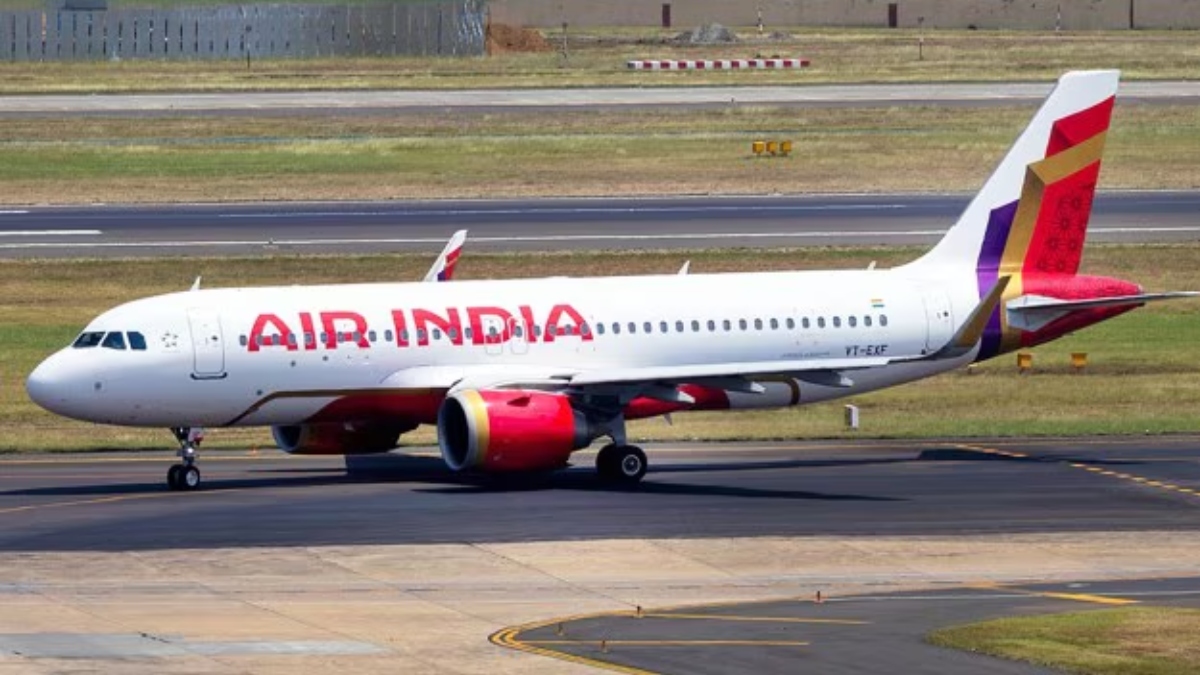
Air India revival hits turbulence: Crash fallout tests Tata’s plans, IndiGo may gain, says Jefferies
How did your country report this? Share your view in the comments.
Diverging Reports Breakdown
Air India revival hits turbulence: Crash fallout tests Tata’s plans, IndiGo may gain, says Jefferies
Air India’s (AI) ambitious five-year transformation under the Tata Group has now hit a roadblock and is facing its toughest test. The unfortunate crash has left the airline reeling under regulatory scrutiny, operational disruptions, and a crisis of passenger confidence. While the Directorate General of Civil Aviation (DGCA) ramped up safety audits and enforcement actions, Jefferies highlighted that the fallout could benefit rival IndiGo in the near term, especially in metro-heavy corporate and short-haul segments. It also added that fewer flights or route suspensions by Air India may help airfares in theNear term. Jefferies: “We believe near-term market gains in premium travel could accrue to Indi go’’ Air India had officially taken over Air India in January 2022, bringing the airline back under its original founders after nearly 69 years of government ownership. The airline had said that over the next five years, it will strive to increase its market share to at least 30 per cent in the domestic market while significantly growing the international routes from present market share.
Air India’s Crisis and Regulatory Crackdown
The Air India crash on June 12 which claimed hundreds of lives, has triggered a review of the flight company’s safety protocols and operational integrity. A larger-than-usual eight-member team of DGCA has launched a detailed audit at Air India’s Gurugram headquarters. It is scrutinizing every aspect from flight scheduling and rostering to maintenance and crew management.
In addition to the audit, DGCA also took punitive action against Air India ordering the removal of 3 senior AI officials from all responsibilities related to flight crew scheduling and rostering, further asking to initiate internal disciplinary proceedings.
DGCA issued a warning that “any future violation of crew scheduling norms, licensing, or flight time limitations detected in any post-audit or inspection, will attract strict enforcement action, including but not limited to penalties, license suspension, or withdrawal of operator permissions as applicable.”
Furthermore, last week, Air India had made two rounds of announcements, temporarily cutting down services on select routes until at least mid-July.
Jefferies listed them out as: 1) international services cut by 15 per cent on widebody aircraft that mostly connect long haul destinations; 2) Cuts of less than 5 per cent to its overall narrow body network on select domestic and short haul international routes, with suspension of services on 3 routes and reduction of frequency on 19 routes.
“The decision was taken to mitigate the impact of the compounding circumstances (incl external events) resulting from DGCA-ordered “Enhanced Safety Inspection” for Boeing 787 fleet, enhanced voluntary pre-flight safety checks, strengthening network-wide operational/schedule stability and impact of airspace restrictions in Middle East,” Jefferies stated in its analysis report.
It is worth noting here that DGCA had warned Air India for breaching safety rules after three of its Airbus planes flew despite being overdue checks on emergency equipment, and for being slow to address the issue, a Reuters report had stated earlier.
A transformation stalled indefinitely?
Tata Sons had officially taken over Air India in January 2022, bringing the airline back under its original founders after nearly 69 years of government ownership. The Group had unveiled Vihaan.AI plan in Sep-22 and the airline had said that over the next five years, it will strive to increase its market share to at least 30 per cent in the domestic market while significantly growing the international routes from present market share.
In an earlier interview with Economic Times, Air India had said the major transformation work is mostly done, and the current focus is on improving and standardising the customer experience on its aircraft.
Jefferies said, “AI’s transformative revival under Tata Group—a process marked by new branding, fleet upgrades, and ambitious expansion—is now facing a challenge following the recent plane crash. This incident comes at a critical juncture in the airline’s turnaround program.” While the investigations are still at infancy stage, Jefferies said, Air India’s crisis-response capabilities, restoring the public confidence in its safety and reliability would be paramount.
Will all this work out for IndiGo?
While Air India navigates post-crash regulatory hurdles and already ongoing complex merger integration, Jefferies said, IndiGo is believed to be well-positioned to consolidate leadership especially in the high-frequency domestic and the emerging regional international routes.
Notably, per an Indian Express report, technical snags/glitches are reported for few IndiGo flights also. However, IndiGo’s stronger on-time perf, operational efficiency, and low-cost service continue to be winners vs peers. “We believe near-term market share gains, especially in premium short-haul and metro-heavy corporate travel, could accrue to IndiGo,” Jefferies said.
Earlier in May, IndiGo had released its fiscal fourth quarter earnings report with profit at Rs 3,067.50 crore. This was 61.89 per cent higher in comparison to Rs 1,894.80 crore recorded during the corresponding quarter of FY24. It had posted revenue from operations at Rs 22,151.90 crore, up 24.27 per cent on-year.
For the fourth quarter, IndiGo’s passenger ticket revenues were at Rs 19,567.30 crore, posting an increase of 25.4 per cent and ancillary revenues came in at Rs 2,152.50 crore, up 25.2 per cent YoY.
Risks and Sectoral Headwinds
Despite the positive outlook for IndiGo, Jefferies talked about the risks being faced by broader aviation sector:
Regulatory pressure and insurance costs: The Air India crash is expected to fuel a 10-30 per cent jump in insurance premiums across the sector, raising costs for all carriers.
Fuel price volatility: Rising aviation turbine fuel (ATF) prices, exacerbated by tensions in the Middle East, could impact sector-wide profits.
Execution risks for IndiGo: Any delays in IndiGo’s international expansion or operational missteps could limit its gains.
